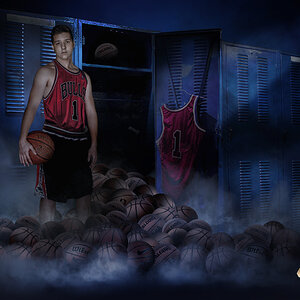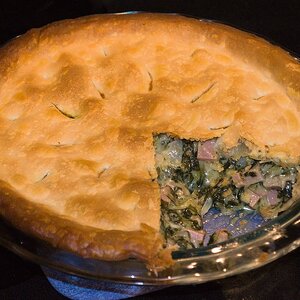Rgollar
No longer a newbie, moving up!
- Joined
- Dec 25, 2011
- Messages
- 351
- Reaction score
- 108
- Location
- Michigan
- Can others edit my Photos
- Photos OK to edit
 april by rgollar, on Flickr
april by rgollar, on FlickrThis is my first attempt at lighting with 2 speedlights. Could I please get some critique on how I can improve this picture for lighting. And does the editing look bad? I am just playing with my daughters graduating pictures for fun. So any suggestion would be much appreciated.


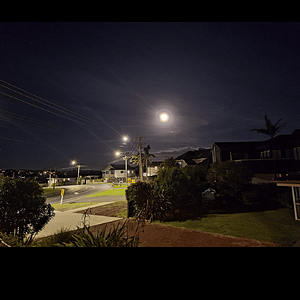
![[No title]](/data/xfmg/thumbnail/39/39429-cfa441056f1e6a1995539dc87c794876.jpg?1619739028)
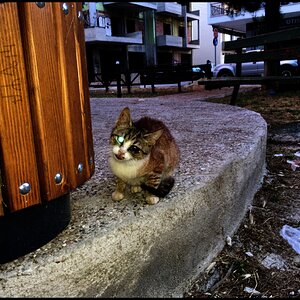
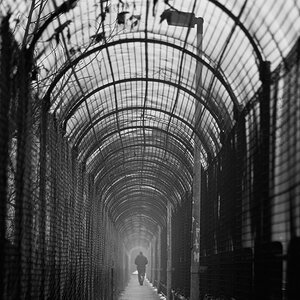
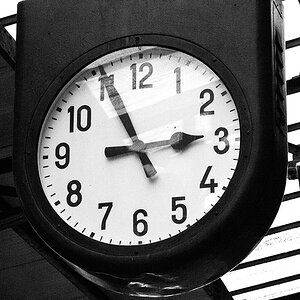
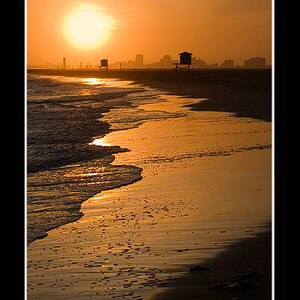
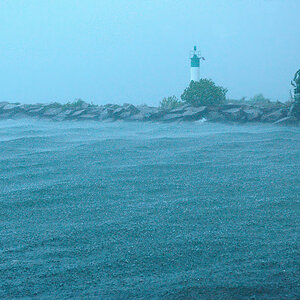
![[No title]](/data/xfmg/thumbnail/41/41778-1940e957c27e1919c300dfedbc32d1c3.jpg?1619739889)
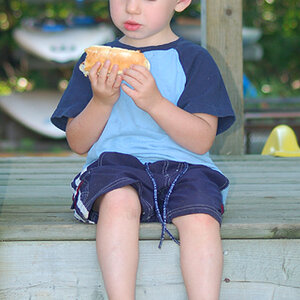
![[No title]](/data/xfmg/thumbnail/1/1592-cfae4a7ea791f96c6e2d03484be2e454.jpg?1619729144)
